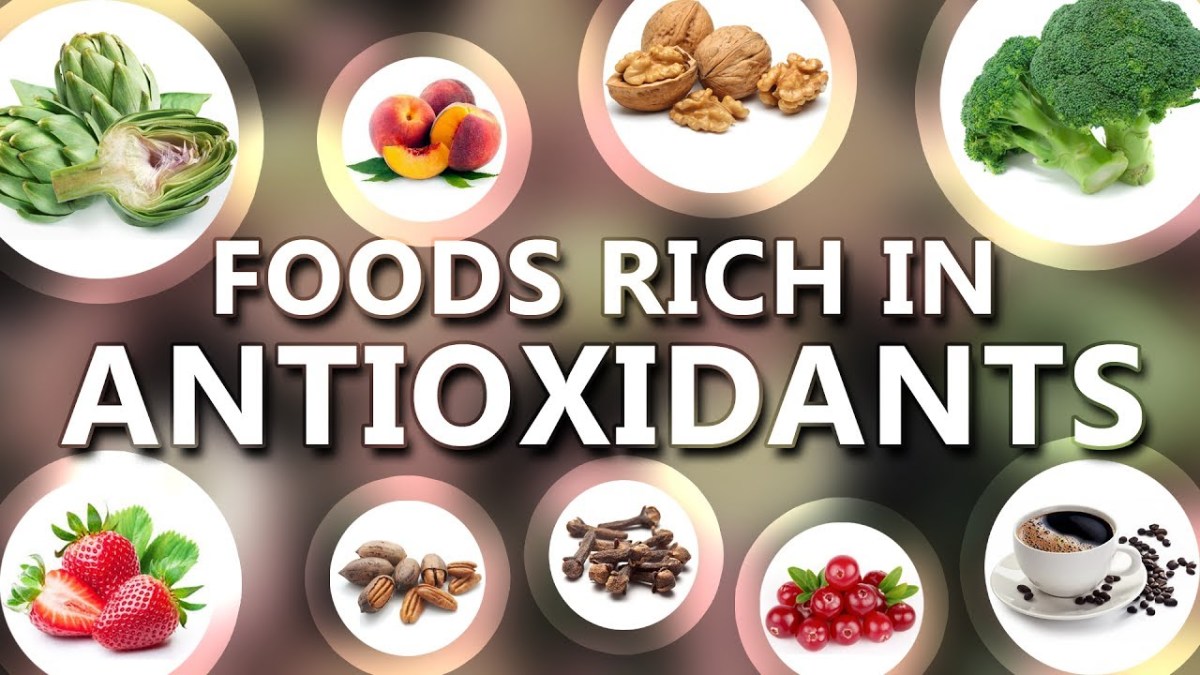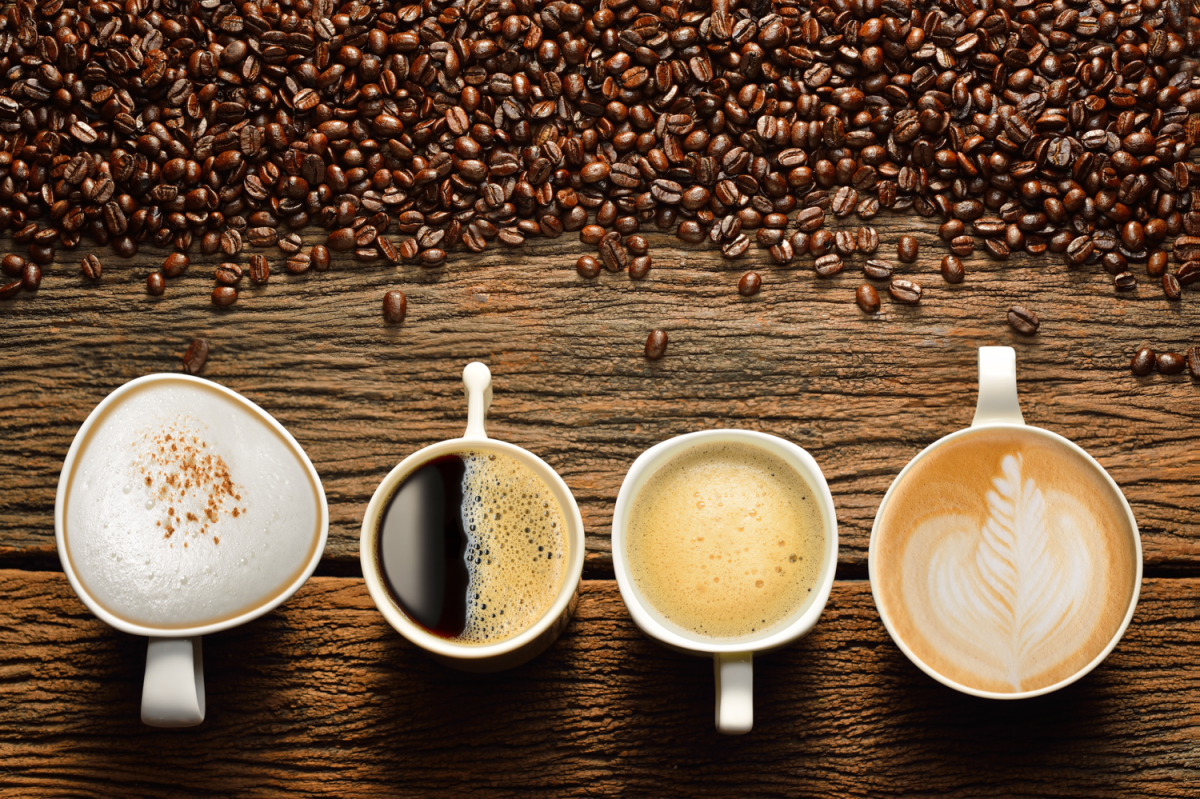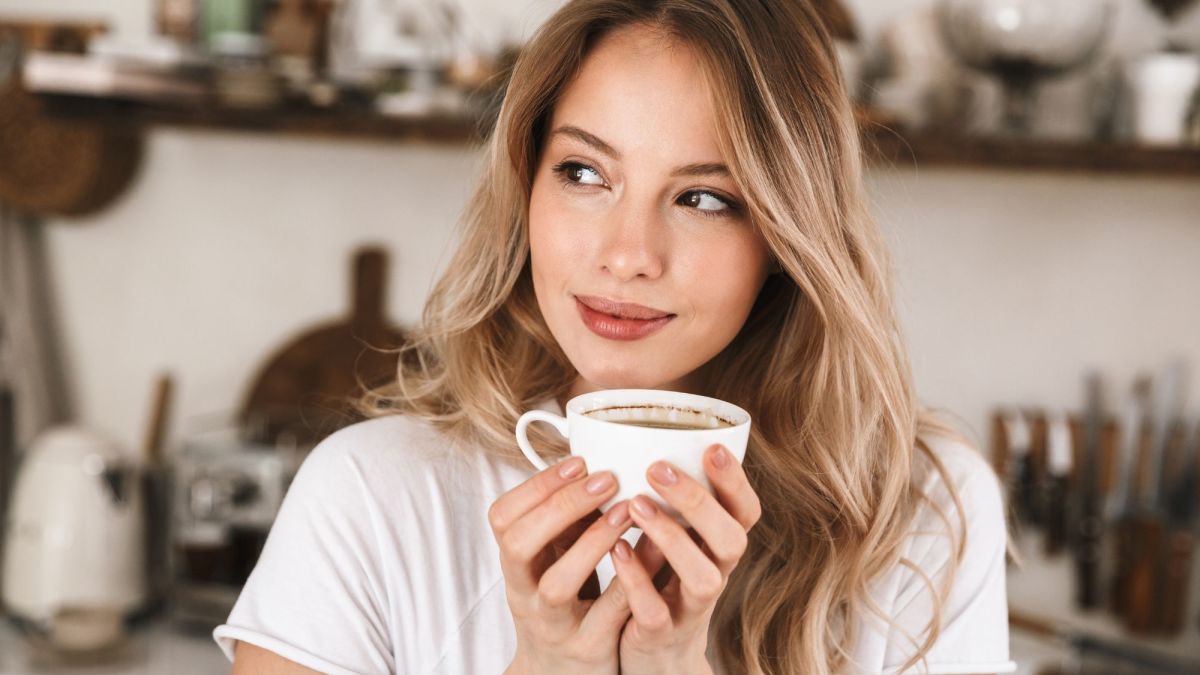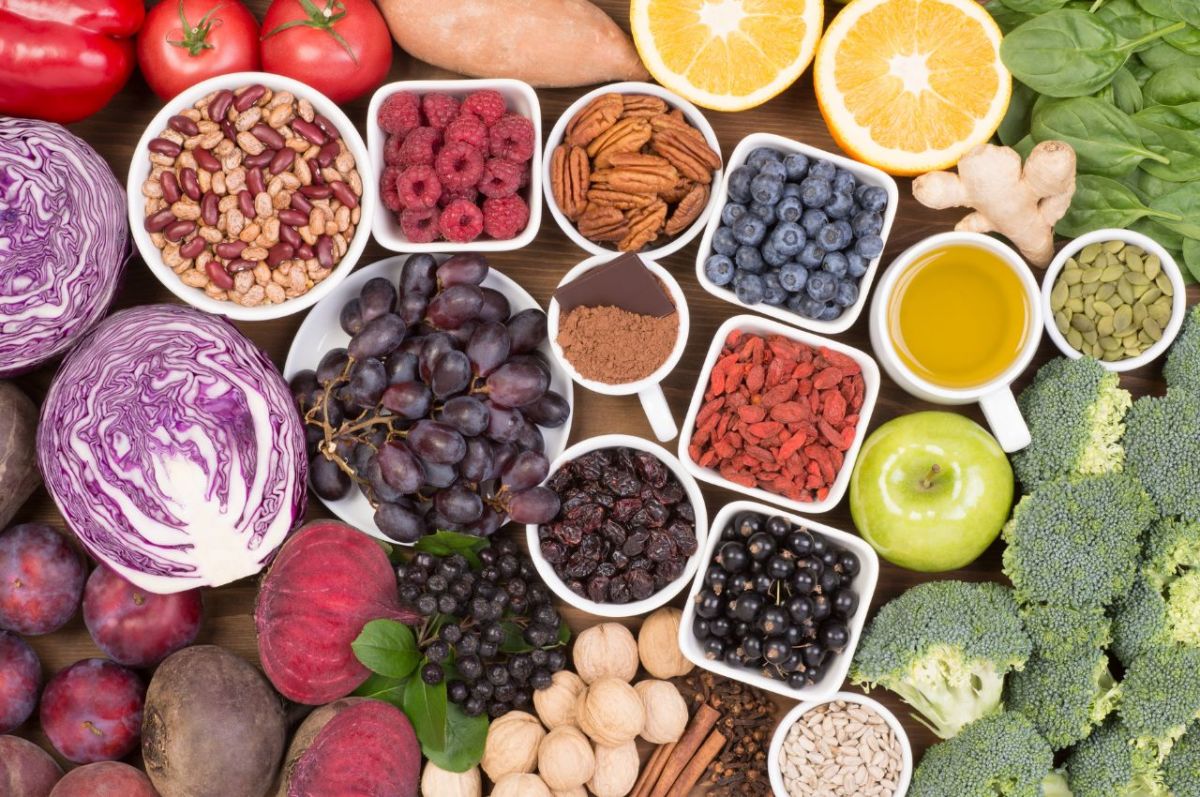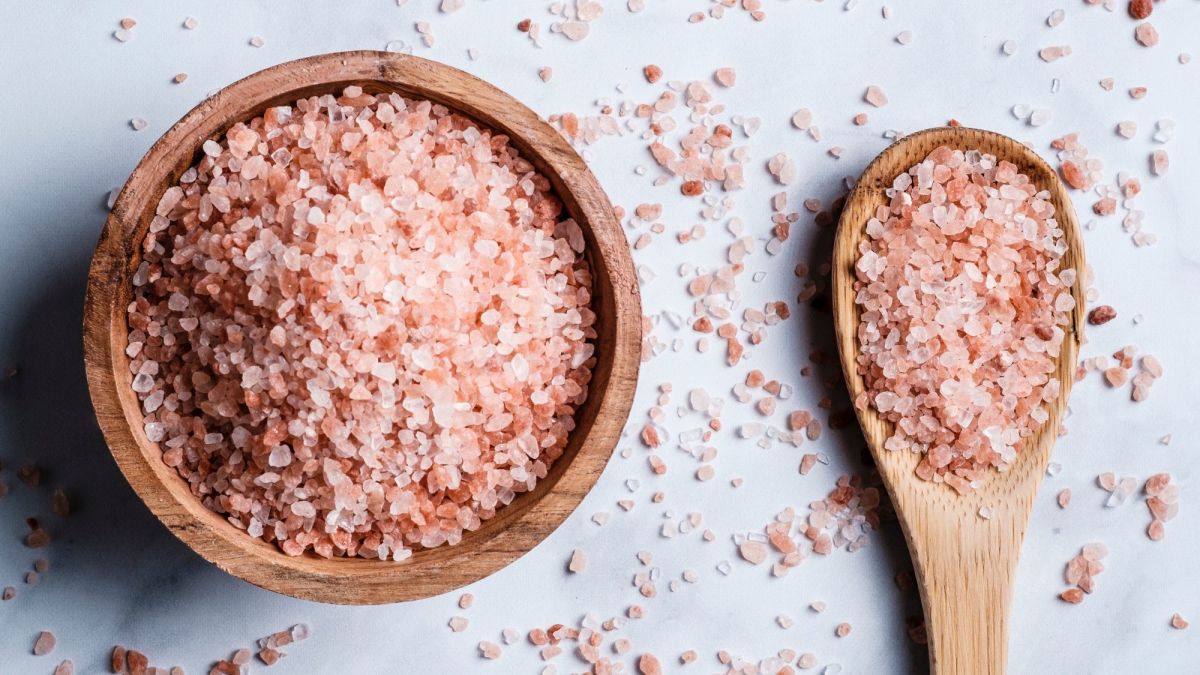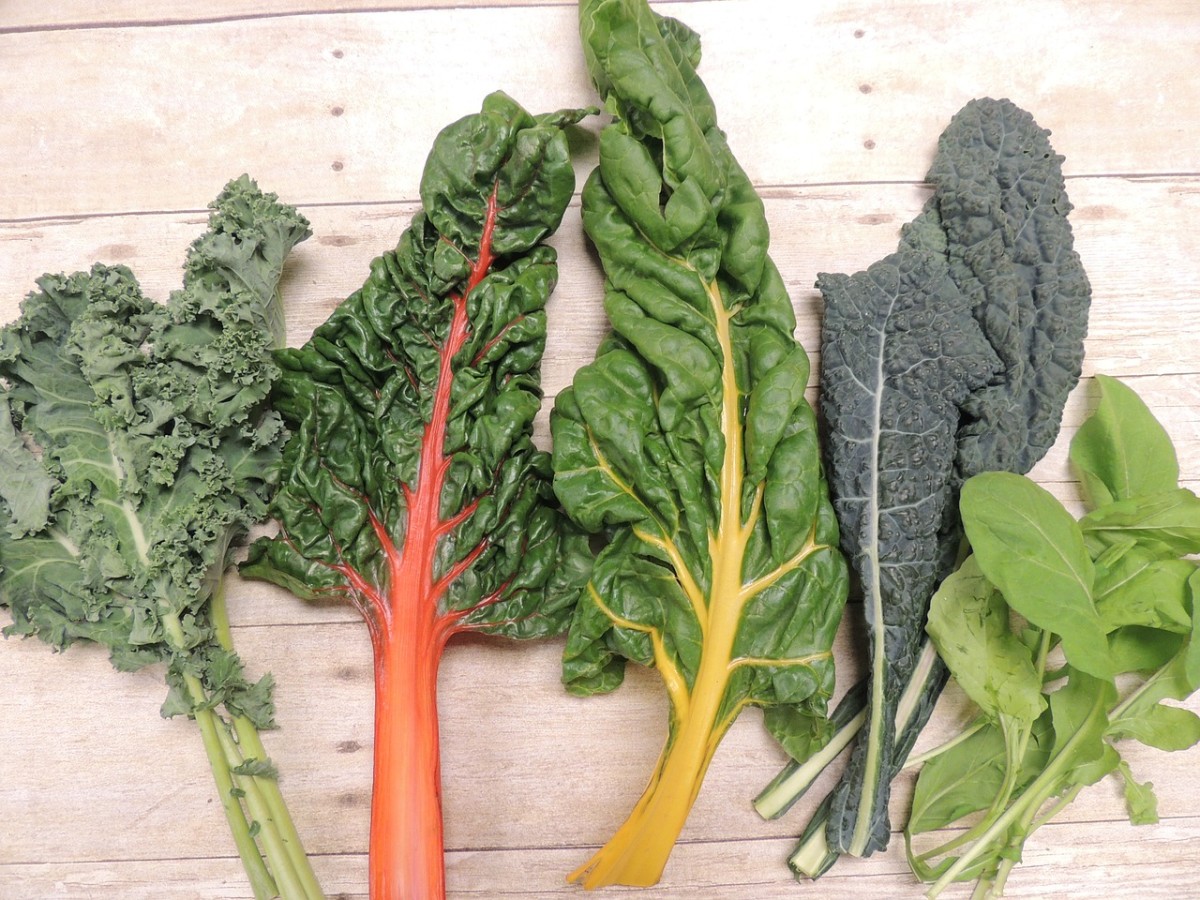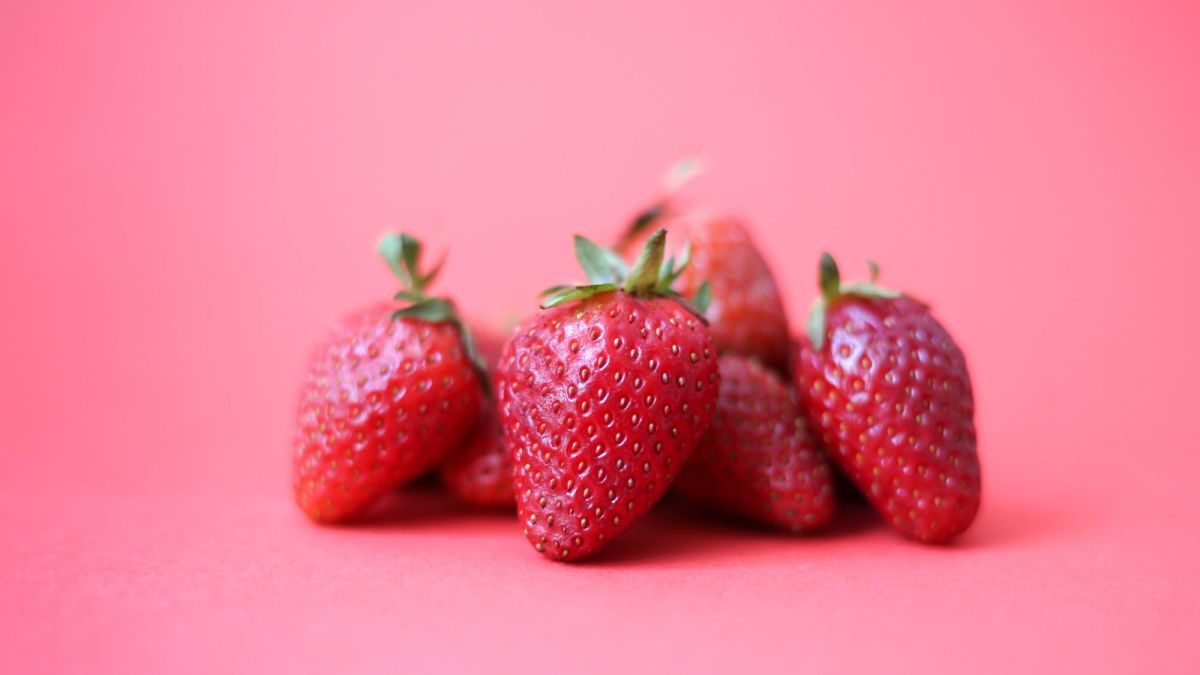An Introduction to Matcha: High-Powered Ceremonial Green Tea with Maximum Benefits
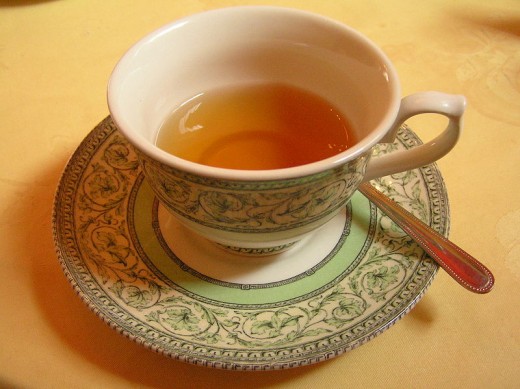
Green tea is well-known as a healthy alternative to coffee and as a source of antioxidants. However, most people are not aware that to reap the benefits of green tea, you should drink eight to fifteen cups every day. That leaves little time for your favorite latte. Instead, you can drink one cup of matcha and be confident that you are getting the nutrients you need.
Matcha is a green tea that has been consumed in Japan for almost a thousand years. It is a tradition in Buddhist temples, where it is used to enhance meditation and general wellbeing. The secret to matcha’s potent health benefits lies in how it is prepared. The tea plants are grown in the shade, causing them to produce many more times the normal amount of chlorophyll (which gives them a bright green color and a sweeter taste). They are then ground into a fine silky powder, which you whisk into hot water to drink. Since between 90% and 95% of the nutrients in green tea will not brew into the water, this method gives you a much more powerful health boost than other green teas.
While antioxidants can be found in fruits and vegetables, matcha is the most concentrated natural form available. According to ORAC tests, which the USDA uses to measure the levels of antioxidants in a food, matcha contains 1384 ORAC units per gram. The next on the list is blueberries, which score only twenty-four units per gram. Matcha also contains EGCG, a compound found only in tea that has been shown in the lab to actually cause cancer cells to self-destruct.
Matcha does contain about a third of the caffeine that coffee does, so if you are sensitive to caffeine you should drink with caution. However, because it is prepared as a powder instead of brewed into water, the caffeine is released more slowly, so you may be able to enjoy the energy boost and health benefits of matcha without the jitters and caffeine crash of coffee.
There are two ways to prepare matcha: the traditional way and the lazy way. The traditional way takes a little more time and some special utensils, but the improvement in taste is worth it. For this method, you need a matcha bowl or other small, deep bowl, and a small efficient whisk. Many companies that sell matcha also sell bamboo whisks that are made especially for blending matcha. Heat up some water in a kettle or pan until it’s simmering (not boiling) and pour some in the bowl. Add as much matcha as desired--most people start with a quarter teaspoon--and whisk until it is well-blended and frothy.
The lazy way does impair the taste of matcha slightly and doesn’t result in much (or any) froth, but it is excellent for when you are in a hurry. Get a travel mug with a well-fitting lid and add the water and matcha. Make sure the lid is on tight and shake the mug until the matcha is blended.
- How to Make Matcha (Green Tea) Ice Cream for St. Pat...
Enjoy eating ice cream? Why not stir up a batch of Matcha for this St. Patrick's Day dessert? What is Matcha Powdered Green Tea? Matcha is a premium green tea powder from Japan. Other green teas... - Fat-Free Green Tea Blended Drink Recipes
Recipes for fat-free green tea blended drinks using matcha powder: green tea fruit smoothie, green tea vanilla frappe, green tea chocolate shake, green tea iced latte, green tea ginger cooler. - EGCG and Green Tea
Green tea is said to provide you with excellent health benefits when consumed in moderation on a regular basis. This is due to a number of different properties existing in green tea but is related primarily...


